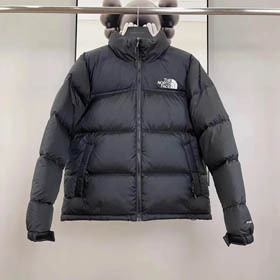From Humble Beginnings to Global Luxury
Founded in 1856 by Thomas Burberry, the British luxury fashion house BurberrygabardineBurberry trench coat, initially designed for military use during World War I, became a symbol of timeless sophistication.
The Evolution of Burberry's Identity
By the 20th century, Burberry expanded beyond functionality into high fashion. The brand’s signature check pattern, introduced in the 1920s, became synonymous with British elegance. Celebrities like Audrey Hepburn and later figures such as Emma Watson further cemented its status. Modern collections blend heritage with innovation, incorporating digital campaigns and collaborations, as seen in their creative use of AR and sustainability-driven products.
Cultural Impact and Controversies
Burberry’s influence stretches beyond fashion—its check pattern became a cultural shorthand for luxury, though overexposure in the 2000s led to counterfeiting issues. Under CEOs like Angela Ahrendts and Christopher Bailey, the brand rebalanced exclusivity with accessibility. Today, Burberry champions craftsmanship while embracing tech-driven retail. For those exploring its product range, detailed insights can be found in this comprehensive product breakdown.
Burberry Today: A Legacy Reinvented
Under current creative leadership, Burberry continues to merge tradition with avant-garde designs. Their repositioning focuses on sustainability, with initiatives like carbon-neutral runways. The brand remains a staple in global fashion weeks, proving that even heritage labels can adapt without losing their soul. Whether through limited-edition releases



















